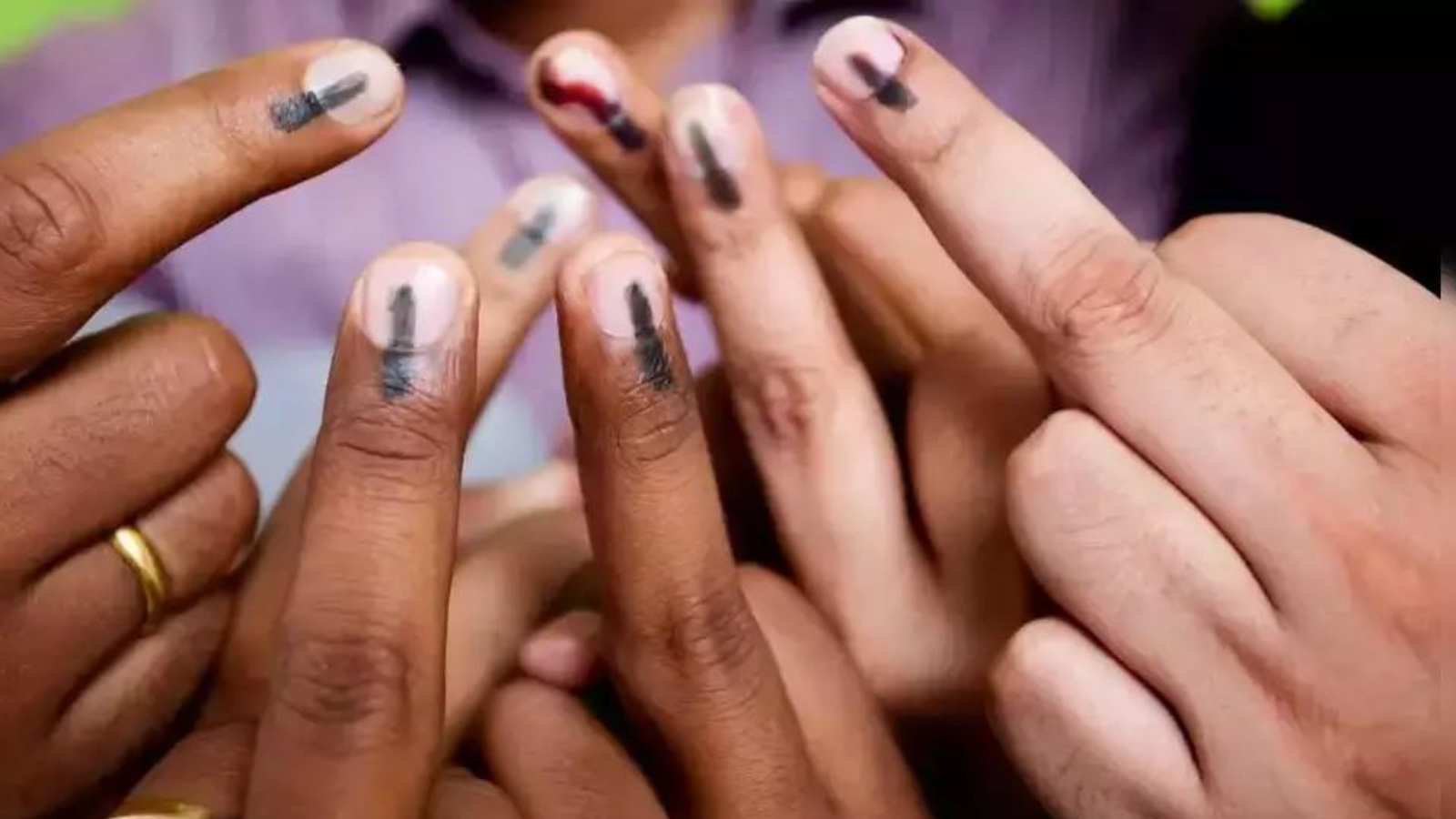One Nation, One Election: How the Government Plans to Roll It Out Step by Step
The Indian government's ambitious plan to implement 'One Nation, One Election' ( ONOE ) has taken a significant step forward with the Union Cabinet's acceptance of the Kovind panel 's recommendations. A group will be formed to execute the plan, which aims to streamline elections by holding simultaneous polls for the Lok Sabha , state assemblies, and local bodies.
# Key Phases of Implementation
The implementation of ONOE will occur in two distinct phases:
Additionally, a common electoral roll will be used for all elections. Voter IDs will be prepared by the Election Commission of India in collaboration with state election authorities.
# Recommendations from the Kovind Panel
The Kovind panel’s report outlines the following steps to implement ONOE:
# Constitutional Amendments
The panel has recommended 18 constitutional amendments to facilitate ONOE, including:
What Lies Ahead
The government aims to build consensus for ONOE, with widespread political support already reported. Two constitutional amendment bills will be introduced in Parliament, followed by discussions at national forums. Once passed and ratified, these bills will go to the President for final approval.
The Election Commission and state election commissions will collaborate to ensure smooth implementation, while the Law Commission is expected to provide further recommendations, focusing on holding simultaneous elections starting in 2029.
The concept of 'One Nation, One Election' promises to reduce the frequency of elections and improve governance efficiency, but it also presents challenges that require careful legislative and administrative planning.

# Key Phases of Implementation
The implementation of ONOE will occur in two distinct phases:
- Phase 1: Lok Sabha and Assembly Elections
- Phase 2: Local Body Elections
Additionally, a common electoral roll will be used for all elections. Voter IDs will be prepared by the Election Commission of India in collaboration with state election authorities.
# Recommendations from the Kovind Panel
The Kovind panel’s report outlines the following steps to implement ONOE:
- Shortened State Government Tenures
- Provisions for Mid-Term Crises
# Constitutional Amendments
The panel has recommended 18 constitutional amendments to facilitate ONOE, including:
- First Constitutional Amendment
- Second Constitutional Amendment
What Lies Ahead
The government aims to build consensus for ONOE, with widespread political support already reported. Two constitutional amendment bills will be introduced in Parliament, followed by discussions at national forums. Once passed and ratified, these bills will go to the President for final approval.
The Election Commission and state election commissions will collaborate to ensure smooth implementation, while the Law Commission is expected to provide further recommendations, focusing on holding simultaneous elections starting in 2029.
The concept of 'One Nation, One Election' promises to reduce the frequency of elections and improve governance efficiency, but it also presents challenges that require careful legislative and administrative planning.
Next Story